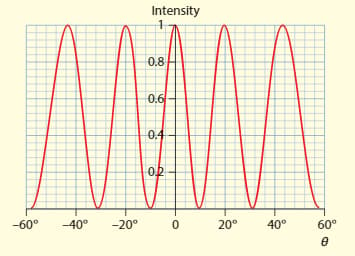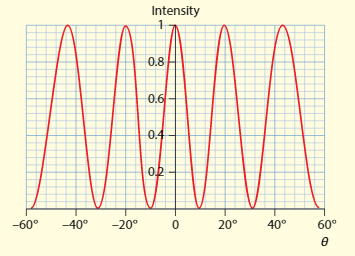K A Tsokos Solutions for Chapter: Wave Phenomena (HL), Exercise 3: Test yourself
K A Tsokos Physics Solutions for Exercise - K A Tsokos Solutions for Chapter: Wave Phenomena (HL), Exercise 3: Test yourself
Attempt the practice questions on Chapter 9: Wave Phenomena (HL), Exercise 3: Test yourself with hints and solutions to strengthen your understanding. Physics for the IB Diploma 6th Edition solutions are prepared by Experienced Embibe Experts.
Questions from K A Tsokos Solutions for Chapter: Wave Phenomena (HL), Exercise 3: Test yourself with Hints & Solutions
In a Young's two-slit experiment it is found that an -order maximum for a wavelength of coincides with the maximum of light of wavelength . Determine .
Light is incident normally on two narrow parallel slits a distance of apart. A screen is placed a distance of from the slits. The distance on the screen between the central maximum and the centre of the bright spot is measured to be .
a. Determine the wavelength of light.
Light is incident normally on two narrow parallel slits a distance of apart. A screen is placed a distance of from the slits. The distance on the screen between the central maximum and the centre of the bright spot is measured to be .
b. This experiment is repeated in water (of refractive index ). Suggest how the distance of would change, if at all.
The graph shows the intensity pattern from a two-slits interference experiment.

a. Determine the separation of the slits in terms of the wavelength of light used.
The graph shows the intensity pattern from a two-slits interference experiment.

b. Suggest how the pattern in the previous question change if the slit separation changes.
A piece of glass of index of refraction is coated with a thin layer of magnesium fluoride of the index of refraction . It is illuminated with light of the wavelength of . Determine the minimum thickness of the coating that will result in no reflection.
A thin soap bubble of the index of refraction is viewed with the light of wavelength and appears very bright. Predict a possible value of the thickness of the soap bubbles.
Describe how the graph you drew in a change when:
ii The number of slits stays at two but their separation decreases.
